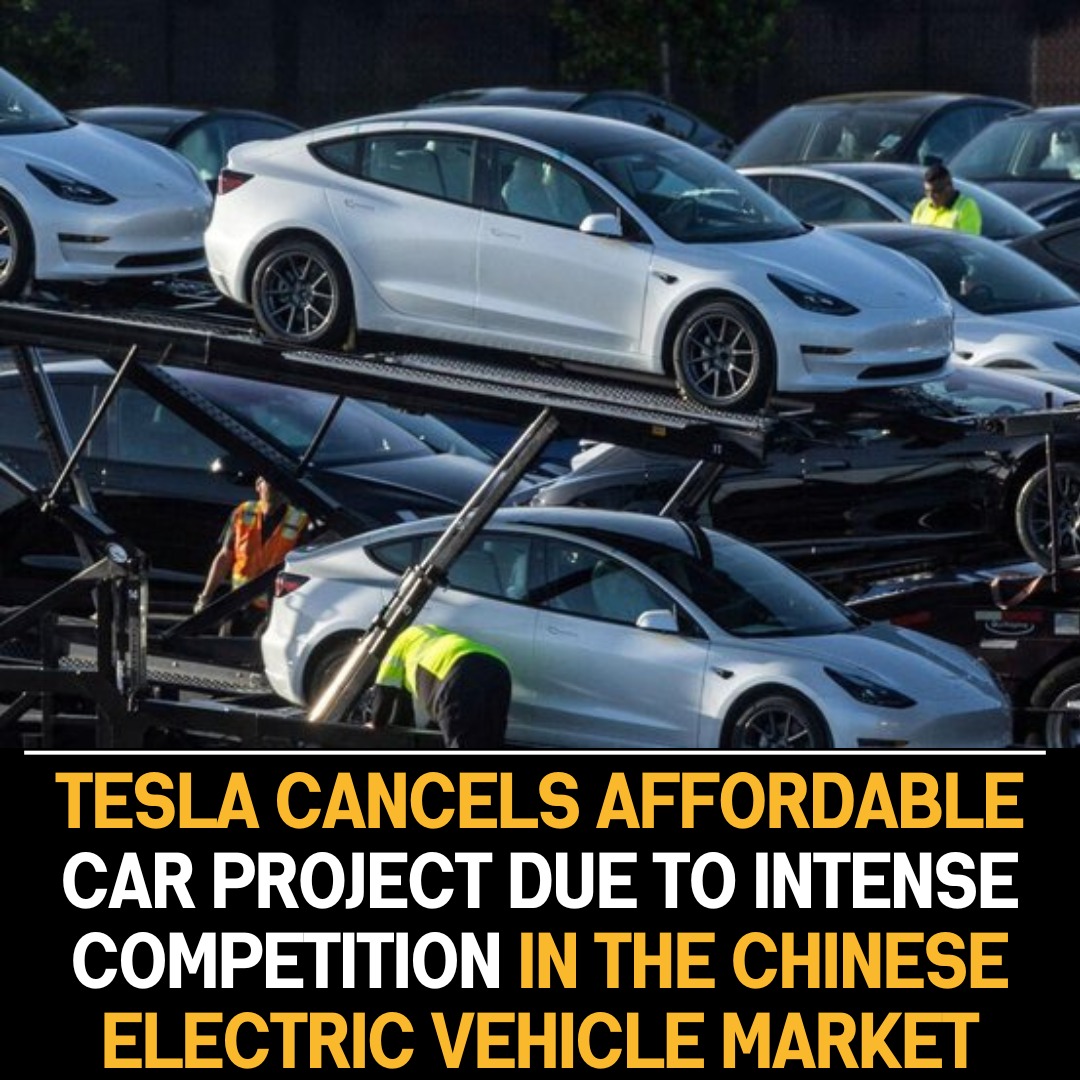Tesla’s decision to abandon its plans for a low-cost vehicle reflects the rapidly evolving landscape of the Chinese electric vehicle (EV) market, which has become increasingly competitive in recent years. The move underscores the challenges faced by Tesla as it seeks to maintain its position as a leader in the global EV industry while navigating the complexities of the Chinese market.
One of the key factors driving Tesla’s decision is the intensifying competition from domestic and international rivals in China. As the world’s largest market for electric vehicles, China has attracted a growing number of automakers seeking to capitalize on the country’s ambitious goals for electric mobility and sustainability. With numerous players entering the market and launching their own affordable EV models, Tesla has faced mounting pressure to differentiate itself and maintain its competitive edge.
Furthermore, Tesla’s decision may also be influenced by the logistical and operational challenges associated with manufacturing and distributing a low-cost vehicle in China. Despite its significant investments in local production facilities, Tesla has encountered obstacles related to supply chain disruptions, regulatory hurdles, and production bottlenecks, which have affected its ability to scale production and meet growing demand for its vehicles.
Additionally, Tesla’s decision to focus on its existing lineup of premium electric vehicles may be driven by strategic considerations aimed at maximizing profitability and preserving its brand image. By prioritizing higher-margin models such as the Model S, Model 3, and Model Y, Tesla can better leverage its technological innovations, brand cachet, and premium pricing strategy to capture market share and sustain its growth trajectory in China.
While Tesla’s abandonment of its low-cost vehicle plans may come as a disappointment to some consumers and investors, it also reflects the company’s commitment to maintaining high standards of quality, performance, and innovation in its products. By concentrating its resources and efforts on its core product lineup, Tesla can continue to deliver cutting-edge electric vehicles that appeal to discerning customers and drive the transition to sustainable transportation.
In conclusion, Tesla’s decision to scrap its plans for a low-cost vehicle in the Chinese EV market underscores the formidable challenges and complexities facing automakers operating in this dynamic and competitive industry. While the move may pose short-term challenges for Tesla, it also highlights the company’s strategic focus on prioritizing profitability, innovation, and brand differentiation as it seeks to navigate the evolving landscape of electric mobility in China and beyond.









